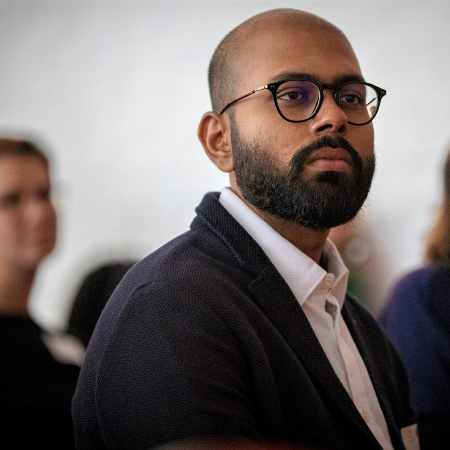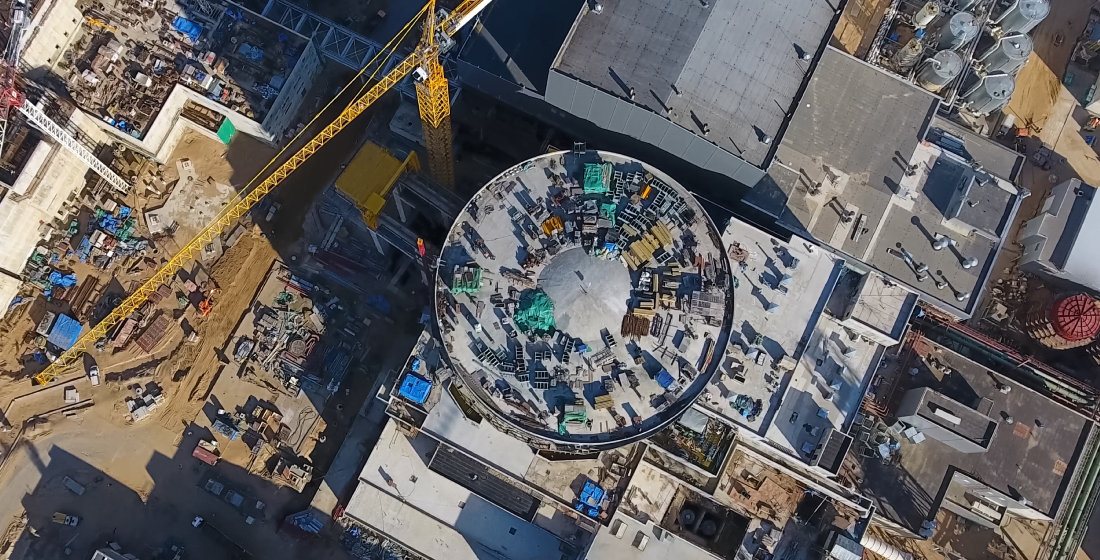Mobilising capital for emerging markets in a new way
With an investment from Netherland’s largest pension fund manager APG, Amsterdam-based fund management group ILX has launched an emerging market focused private credit fund that might actually deliver on the promise of blended finance.

While blended finance was once hailed as the answer to mobilising private capital for the development sector, large-scale projects using this method of financial engineering have been few. That may be about to change. Amsterdam-based fund management group ILX has launched an emerging market focused private credit fund – ILX Fund I – that promises to answer the mobilisation question by offering attractive risk-adjusted returns (a key component of mobilising private capital) and a diverse portfolio, combined with ESG safeguarding and SDG and Climate focussed investments.
And while the promise is nothing new – the method is. The fund’s investment strategy includes selectively co-investing with a broad range of leading DFIs, providing investors with both the desired diversification and scale, and relying on the expertise and experience development banks have in the emerging markets.
Dutch pension provider APG has invested $750 million on behalf of its pension fund clients ABP and bpfBOUW in the new fund. That funding will be invested in private-sector loans arranged by the leading multilateral development banks (MDB) and other DFIs, such as the ADB, AfDB, EBRD, IDB-Invest, IFC and FMO.
This is not investment under the guarantee umbrella or benefitting from a donor or DFIs provided first loss. “We will create a portfolio of development finance assets in the form of loan participations. So, we will invest pari passu with the development bank in their project as a lender,” says Manfred Schepers, co-founder and CEO of ILX. The investor, therefore, has the same level of risk and return as the development banks they co-invest with.
What is in it for the DFIs?
If the DFIs stay as lenders of record, from an accounting and regulatory perspective, how does this actually free up their balance sheets for more lending? “DFIs, and especially FMO as a regulated bank, hold capital against the loans and equity investments that they make. When ILX facilitates the participation in our loans by a commercial investor like a pension fund, we no longer run the risk on that part of the loan. It is no longer on the balance sheet, frees up capital and allows us to grow our portfolio,” says Jorim Schraven, director of the Impact and ESG department at FMO, which is among the DFIs opening their portfolios to ILX Fund I.
“DFIs already syndicate loans on a case-by-case basis,” says Schraven. “FMO is also experienced in doing so in a programmatic way, through our fund management activities with pension funds, which increases investment volumes. ILX adds another programmatic channel which will help increase efficiency of execution and reduce cost. From an impact perspective, ILX brings commercial investors to our markets at scale which contributes to the mission of DFIs to catalyze commercial investments. To deliver on the SDGs we need to go from billions to trillions and that is only possible if we bring commercial investors to our markets at scale. ILX can play a pivotal role in that part of our mission.”
Potential to replicate
Among the central tenets of ILX’s model of mobilisation is the capacity to replicate the method repeatedly, or at least on paper to a much larger scale. “Because we are investing pari passu, which means we are not asking the development bank for any guarantees or any first loss, ILX can replicate this co-financing method all the time,” says Schepers. The replicability, however, does also depend on the pipeline of projects and on the level of return generated across investments, which Schepers explains would be the same what development banks earn on their loans.
The benefit for ILX is the possibility to work with multiple MDBs and DFIs across projects, sectors, and regions. “We can work on investments across sectors and regions for which the DFIs are seeking co-financing. We will build a portfolio for our investors which involves the different MDBs and DFIs. What is most important for our investor is diversification, which means we can invest from Asia to Latin America, and across industries and SDGs,” adds Schepers.
The advantage of diversifying their portfolio is not only addressing multiple SDGs but also distributing risk across regions and sectors, thereby reducing the risk for the investors. “The diversification in this development finance asset class does not diminish potential returns in contract to private equity or actively managed bond portfolios,” says Schepers. ILX will focus on four key investment themes to directly address SDG targets and the key objectives of climate mitigation and adaptation: energy access and clean energy, sustainable industry and infrastructure, inclusive finance, and food security.
With the expanse of investment possibilities, the question arises whether development banks are willing to open their entire portfolio for ILX? “If you want to mobilise capital and you want a partner who can provide size, scale and diversity across sectors and regions, I think that ILX will be an attractive and reliable co-financier,” says Schepers. “Besides, what's more attractive in terms of a mobilization partner or investor, one who has conditions regarding guarantees and first loss or limitations on sectors and regions, or an investor who is happy to be pari passu and can participate across sectors or regions, and target a broad range of SDGs?”
Clear of high ESG risk
APG is the first investor in ILX Management’s new SDG-focused emerging market credit fund. The fund will build an initial $1 billion portfolio of loan participations in emerging and developing markets from DFIs such as the ADB, AfDB, EBRD, IDB, IFC and FMO. Loans that involve high ESG risks will be very carefully assessed to avoid the high financial and reputation risks associated with those projects. But “MDBs still have a significant additionality in middle income countries and sectors where the ESG risk is slightly lower, for instance renewable energy in Kenya as compared to Mozambique. So, what ILX and similar funds will be able to contribute, is that MDBs and DFIs will be able to mobilise capital towards these middle income countries like Colombia, Kenya or Indonesia, to give them increased risk capacity to do more projects in lower income countries where the ESG and financial risks could be higher,” explains Schepers.





